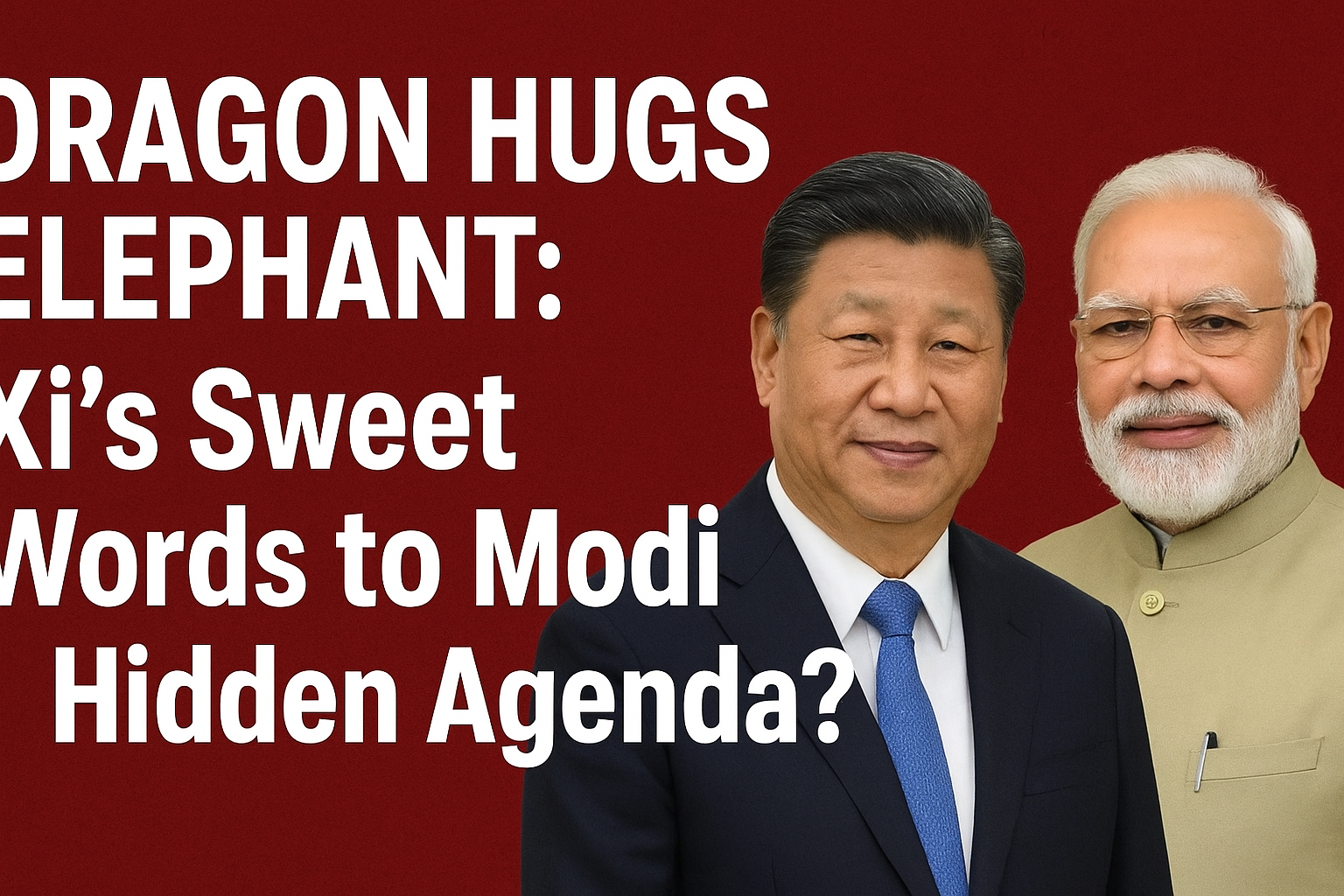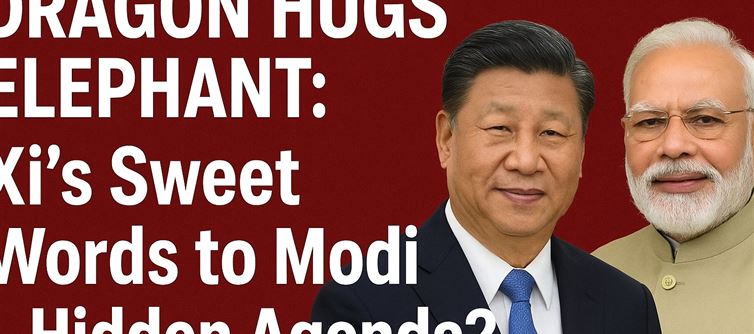On the 75th anniversary of diplomatic ties, Chinese President Xi
jinping described India–China relations as a “dragon-elephant tango”. He emphasized that such a cooperative
dance would serve the fundamental interests of both nations and their peoples, urging peaceful coexistence, mutual trust, and long-term strategic engagement. He framed
india and
china as ancient civilizations and key Global South players, poised at critical stages of their modernization journeys, and encouraged partnering for mutual development. Xi reaffirmed that it’s the “right choice” for
india and
china to maintain friendly and neighborly relations, highlighting the metaphor of the dragon and elephant coming together.
Prime
minister Narendra Modi, during his first visit to
china in seven years, committed to improving ties grounded in mutual respect, mentioning progress on their Himalayan border management, resumption of direct flights, lifted export restrictions, and visa facilitation. The renewed engagement comes amid escalating global tensions and protectionist Western policies: both sides appear to be pursuing rapprochement as a strategic counterbalance. The “Dragon-Elephant Tango” metaphor underscores a mutual willingness to reset ties, paving the way for dialogue over discord.

Yet, notorious trust deficits remain. For many, the rapprochement is cautious, not a full-fledged alliance—especially given historical border disputes and continued geopolitical rivalry. The metaphor symbolizes diplomatic optimism—two regional giants choosing dialogue, not confrontation. Shared challenges—from U.S. tariffs to geopolitical shifts—are driving both
india and
china toward strategic re-engagement. While promising, experts advise ongoing vigilance: deep-rooted mistrust and unresolved issues still
temper the relationship’s future.






 click and follow Indiaherald WhatsApp channel
click and follow Indiaherald WhatsApp channel